Microphone Accessories Guide
Compatibility with microphone brand/model
Not all accessories are universal, and ensuring that the accessory you choose works seamlessly with your microphone will guarantee optimal performance. For instance, the Rode PSM1 Shock Mount is designed specifically for Rode microphones, providing secure and stable mounting, minimizing handling noise. Similarly, the Shure RK143G Replacement Grille is compatible with select Shure microphones and is created to deliver reliable protection and improved performance in a variety of environments. Paying attention to compatibility will ensure that the accessory you invest in works flawlessly with your microphone, maximizing its potential and your overall audio quality.
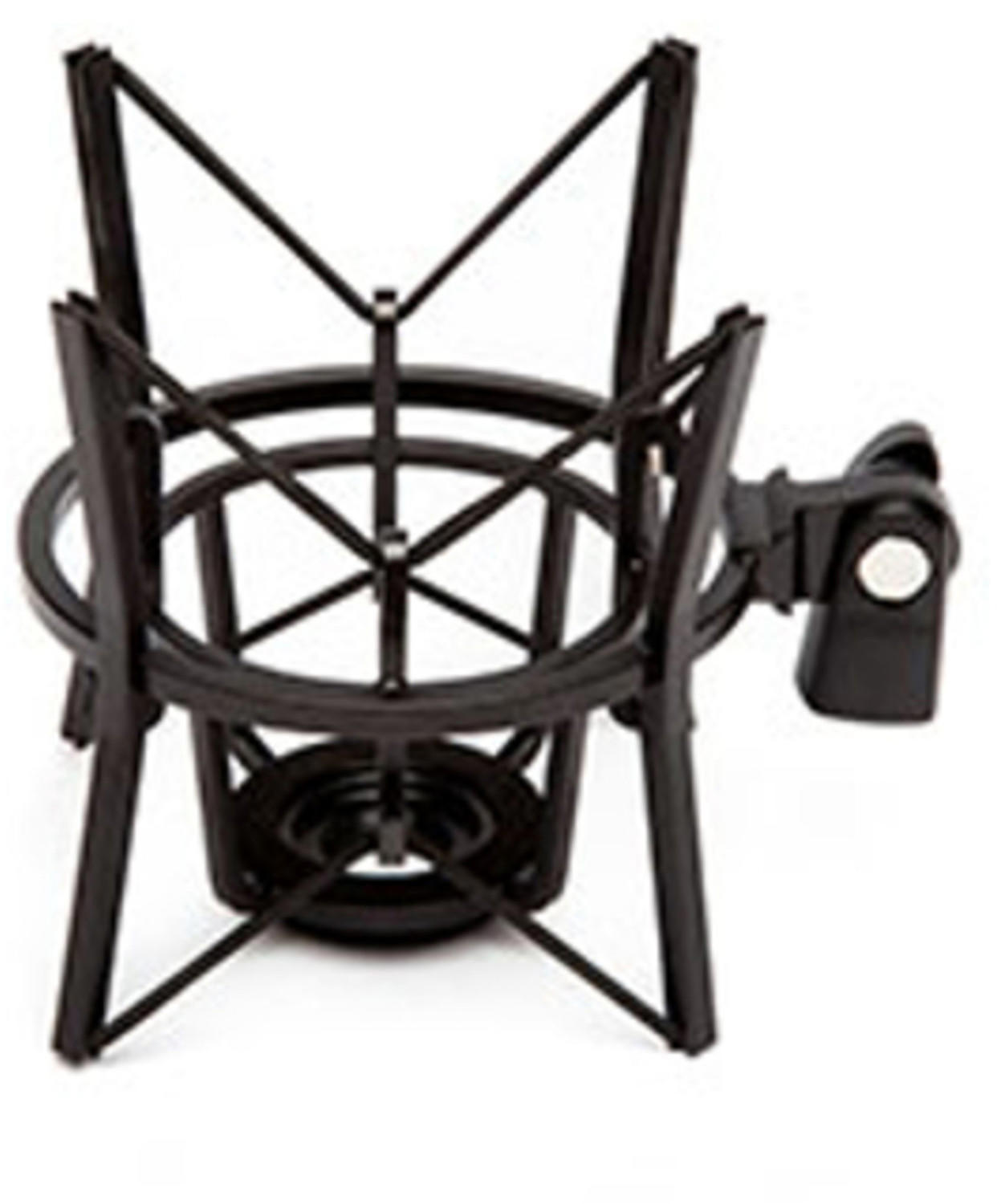
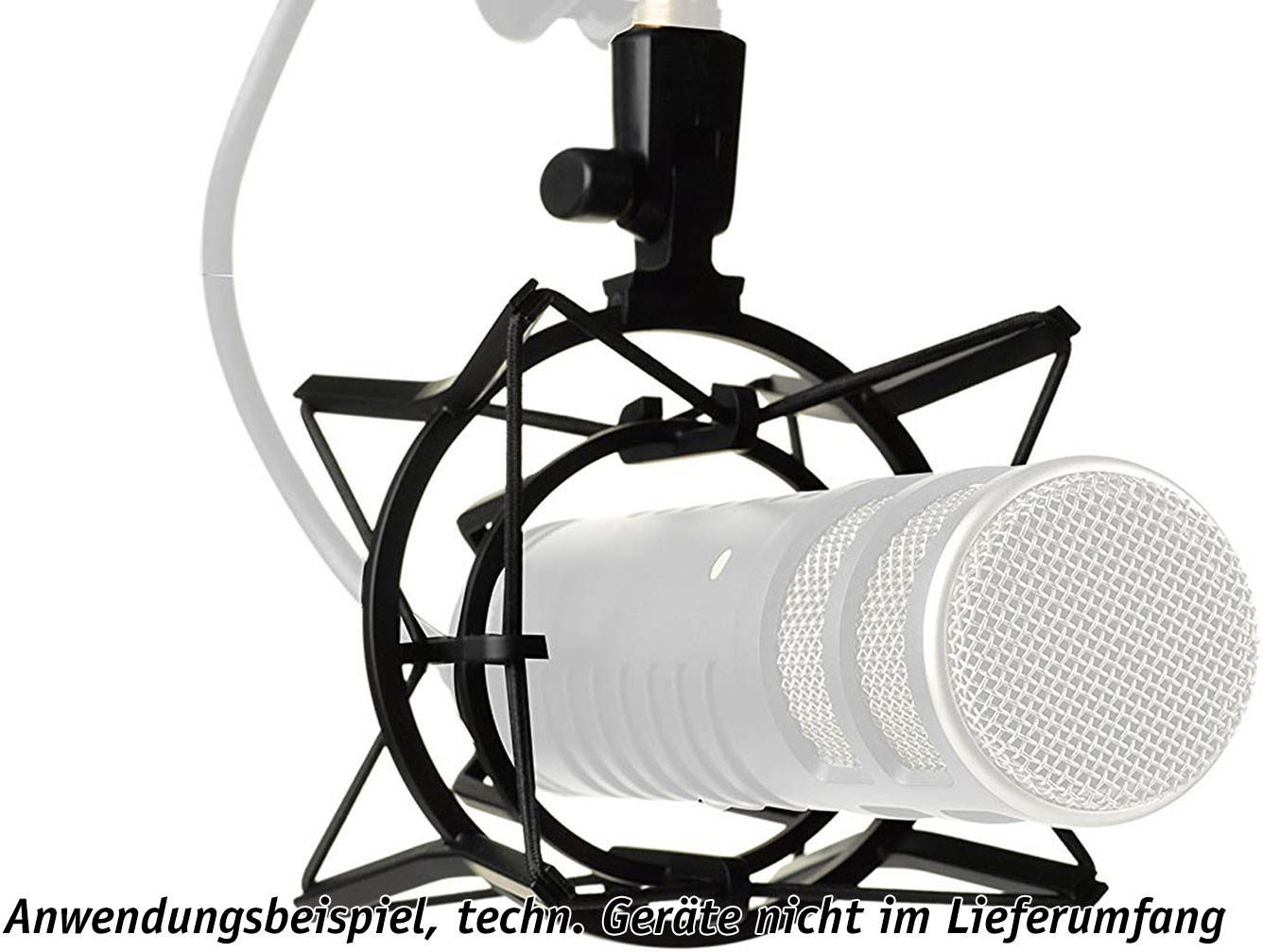
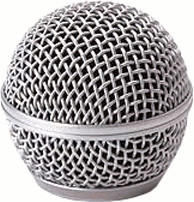
Type of microphone stand (desktop/boom/arm)
There are three main types to choose from: desktop stands, boom stands, and arm stands.
Desktop stands are perfect for those who want to keep their microphone stationary on a desk or table. The Heil Sound PL-2T Overhead Broadcast Boom is a popular choice, featuring an adjustable height and horizontal reach. It offers a sturdy and reliable option for desktop use.
Alternatively, if you're looking for more flexibility in positioning your microphone, a boom stand might be the best option. Boom stands generally have longer vertical and horizontal reach, allowing you to place your microphone exactly where you need it. One recommended option is the Rode PSA-1 Swivel Mount Studio Microphone Boom Arm, which is highly adjustable and provides excellent stability.

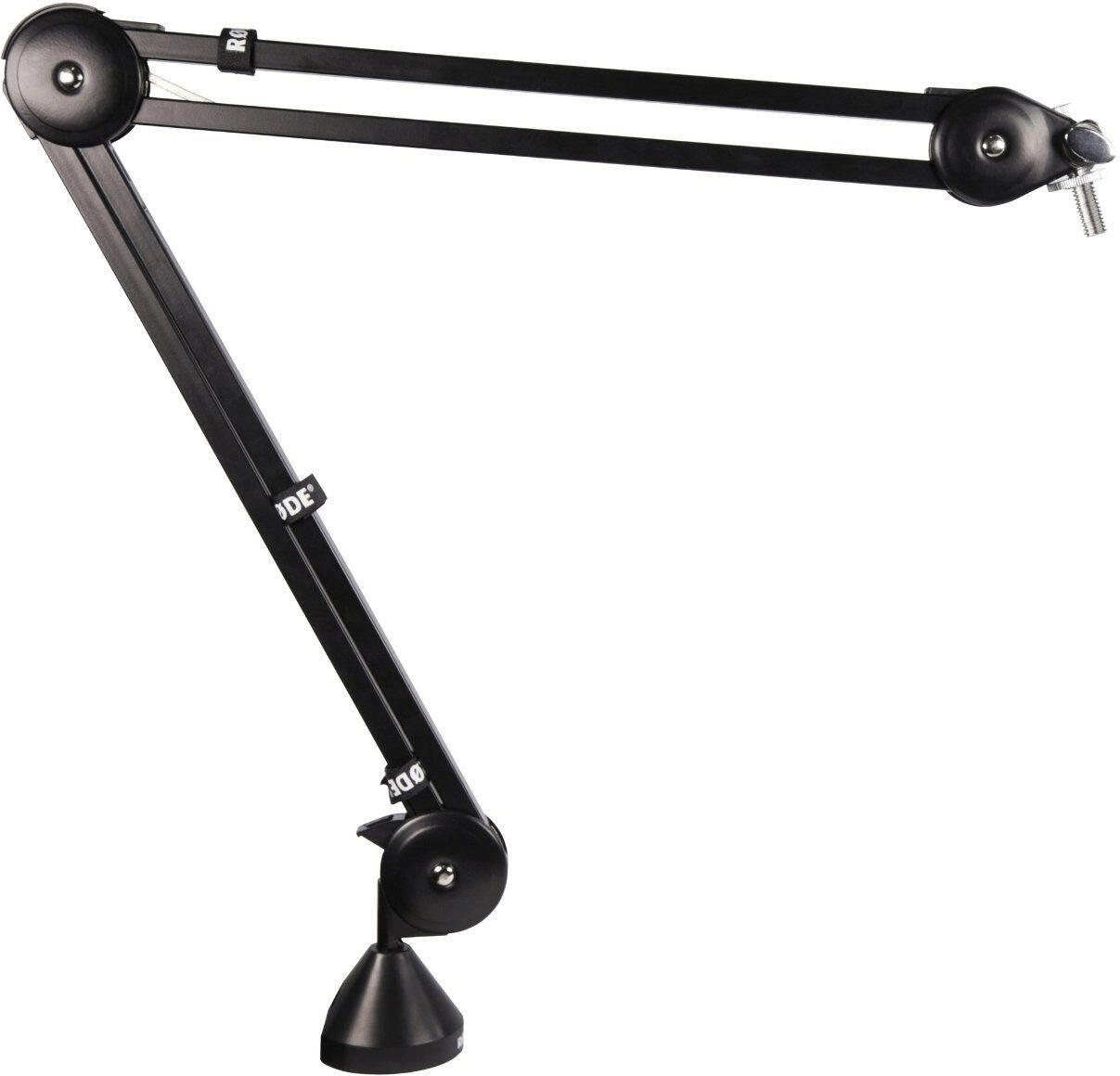
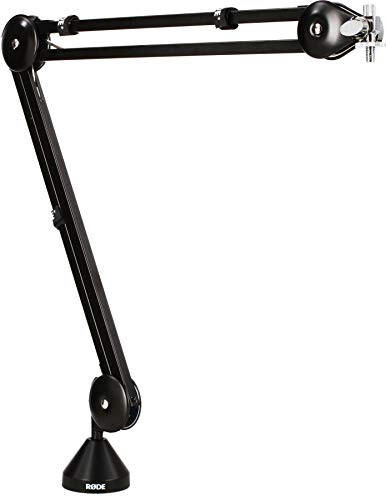
For those who want the ultimate versatility, an arm stand (also known as a suspension or scissor arm stand) is a great choice. These stands allow for easy vertical and horizontal adjustment, making them ideal for podcasters, broadcasters, and gaming streamers. The Blue Compass Premium Tube-Style Broadcast Boom Arm is worth considering, offering a sleek design and a 360-degree rotation. Focus on your specific needs when choosing between these microphone stands to ensure you find the best fit for your setup.
Tripod or clamp mounting options
Two popular choices are tripod stands and clamp mounts. Tripod stands provide stability and can be adjustable in terms of height and angle. They are ideal for use in studios or on stages where you need the microphone to remain stationary. One example of a high-quality tripod stand is the On-Stage MS7701B Tripod Microphone Stand. It features a stable tripod base, adjustable height from 32.5" to 61.5", and a sturdy steel construction.
On the other hand, clamp mounts are designed for versatility and flexibility. They allow you to attach microphones to various surfaces such as desks, tables, or drum sets. One example of a reliable clamp mount is the Heil Sound HB-1 Steel Microphone Boom. It features a C-clamp for secure attachment, a built-in top-mounted microphone mount, a fully adjustable arm, and a steel construction for durability.
There is a range of options in the market to suit your specific needs when it comes to mounting options. If you require a lightweight and portable solution, compact foldable stands like the Samson MK-10 Microphone Boom Stand or clamp mounts with versatile mounting capabilities like the Neewer Adjustable Desktop Microphone Stand may be suitable choices for you. Choose the mounting option that aligns with your intended use and enhances your microphone's performance.
Adjustable height/angle
This feature allows you to position the microphone at the optimal height and angle, ensuring better sound quality and clarity. One example of such a product is the Gator Frameworks Quick Release Microphone Attachment, which offers a removable and adjustable microphone attachment with a 180-degree rotation angle and a 360-degree adjustable height feature. Another option is the Heil Sound PL-2T Overhead Broadcast Boom, designed for overhead mounting, and featuring a design that allows for maximum reach and positioning flexibility. Both of these products provide the flexibility and versatility needed to achieve the desired microphone position, whether for broadcasting, recording, or live performances.
Weight capacity
Different microphone accessories have varying weight capacities, so it is essential to choose one that suits your microphone's weight. For example, the K&M 21070 Microphone Stand has a weight capacity of 5 kg and is perfect for lightweight microphones. On the other hand, if you have a heavier microphone, such as a broadcast microphone, you might want to consider a more robust option like the Ultimate Support JS-TB100 Tripod Microphone Stand with a weight capacity of 68 kg. It is worth noting that most microphone stands fall within the range of 1-10 kg weight capacity, offering a suitable solution for various microphone needs.
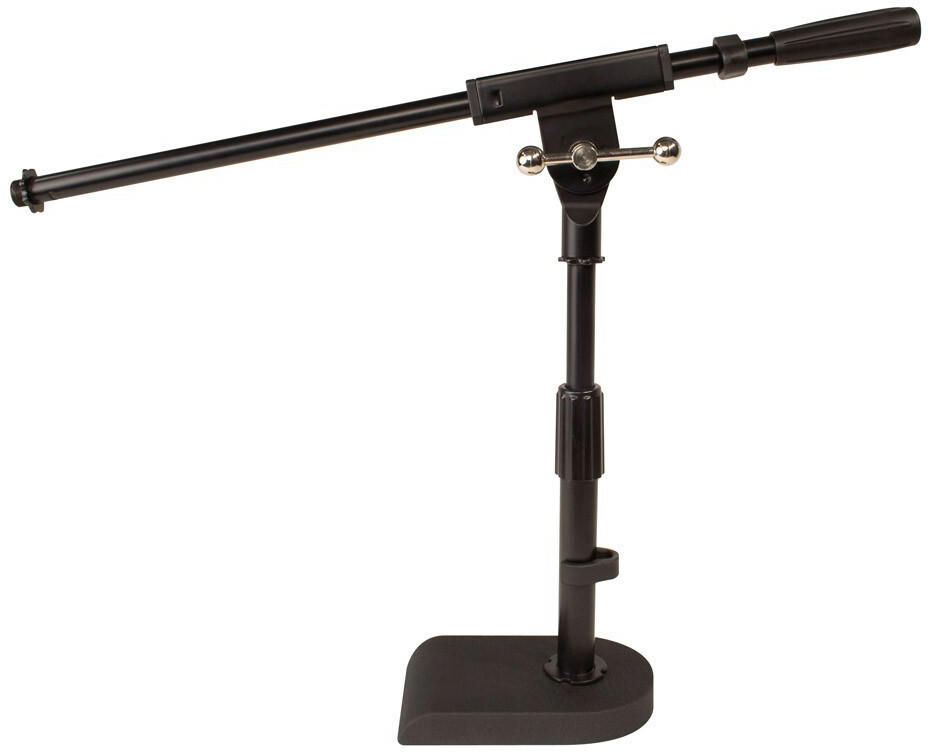
Material quality
The material used in the construction of microphone accessories determines their durability, reliability, and overall performance. Invest in products made from high-quality materials to ensure longevity and optimal sound capture. One example of a microphone accessory known for excellent material quality is the Rode PSM1 Shock Mount. It is constructed with a durable cast iron frame and nylon connector. Another example is the Neewer NB-35 Microphone Arm Stand, which features a sturdy all-steel construction that can securely hold your microphone in place. These products not only ensure long-lasting performance but also provide robust sound isolation for professional audio recordings.


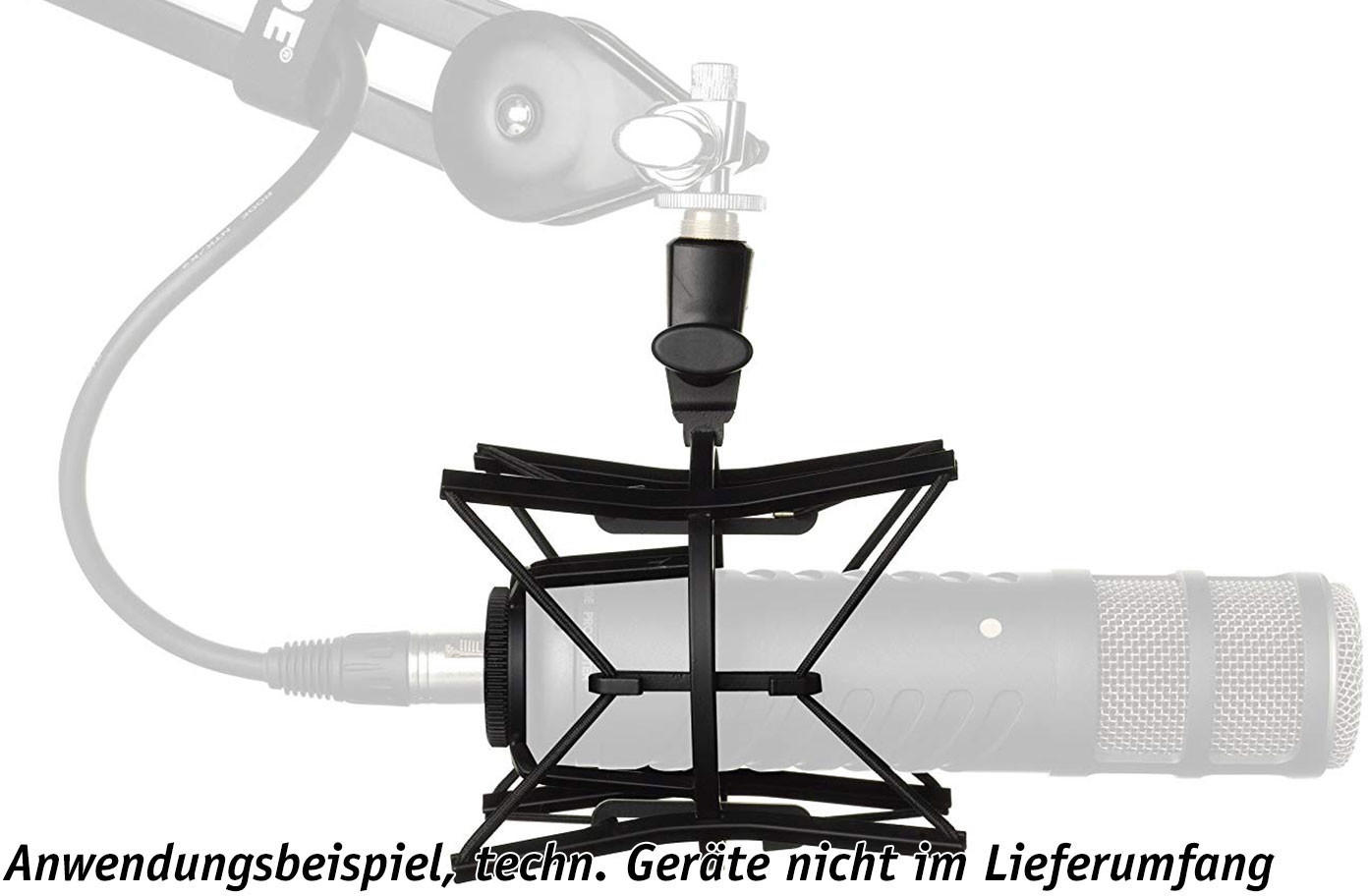
Stability
A stable microphone setup ensures that the microphone remains securely in place, reducing the risk of accidental movements or vibrations during recording or performances. To achieve this stability, consider using a sturdy microphone stand such as the K&M 21090 Mic Boom Stand. With a height-adjustable design and a robust tripod base, this stand provides excellent stability for various applications. Additionally, the Rode PSM1 Shock Mount is a great accessory that minimizes unwanted noise and vibrations, ensuring stable recordings. Compatible with Rode microphones like the NT1 or NT1-A, this shock mount effectively isolates the microphone from handling noise, footfall vibrations, and stand-borne rumbling. For those needing extra stability during live performances or dynamic environments, the Shure A55 Movera fits over the end of a microphone stand, delivering additional stability and reducing the chance of accidental knock-overs.



Portability
Having a portable microphone setup allows for easy transport and convenient use, making it suitable for use during live performances, on-location recordings, or for content creators on the go. One great example of a portable microphone accessory is the Rode NT-USB Mini. This microphone is a compact and lightweight USB microphone that can be easily packed and carried in a backpack or luggage. Another option is the Shure MV88+ Video Kit. This kit includes a portable microphone that attaches to smartphones, making it ideal for interviews, vlogging, or recording ideas on the go. Both of these products offer exceptional portability without sacrificing audio quality.
Shock absorption capabilities
This feature is particularly beneficial for reducing noise caused by handling or vibrations. Rycote Lyre Shock Mount is an excellent example of a shock mount that effectively isolates the microphone from rumble and vibrations. It features a unique Lyre suspension web that provides superior shock absorption and minimizes handling noise. Another notable product is the Neewer NW-105 Microphone Isolation Shield, a portable and compact solution for reducing unwanted background noise and mechanical vibrations. With its high-density acoustic foam layers, it effectively absorbs vibrations and delivers clearer and crisper audio recordings, ensuring professional sound quality. So whether you're recording in a studio or on location, investing in microphone accessories with superior shock absorption capabilities like the Rycote Lyre Shock Mount and the Neewer NW-105 Microphone Isolation Shield will greatly enhance the quality of your recordings.
Ability to hold multiple microphones
For podcasters, musicians, or live sound engineers who work with multiple microphones simultaneously, having a convenient and efficient solution for mounting their mics is paramount. One excellent product that meets this need is the Rode PSM1 Shock Mount. This shock mount is designed to securely hold two Rode microphones, eliminating vibrations and surface noise for a clean sound. Additionally, the Heil Sound PRSM-B Shock Mount is ideal for holding multiple microphones and features a unique swivel. This allows the microphones to be adjusted independently and precisely positioned, providing flexibility in recording or live performance setups. Both the Rode PSM1 and Heil Sound PRSM-B are popular options that provide a sturdy solution for holding multiple microphones simultaneously.
In the market, microphone accessories that can hold multiple microphones can be categorized into two primary groups: multi-microphone shock mounts and microphone bar assemblies. Multi-microphone shock mounts, such as the Rode PSM1, are designed to attach two or more microphones securely using individual shock mounts for each microphone. On the other hand, microphone bar assemblies provide a versatile solution for mounting multiple microphones on a single bar. The Audio-Technica AT8469 Mount Clamp is an excellent example of a microphone bar assembly. It allows multiple microphones to be attached and adjusted on a single mount, offering flexibility in positioning and aligning the microphones for perfect stereo recordings or live sound reproduction. Other microphone bar assemblies available in the market include the Sterling Audio SB129 Condenser Microphone Bar and the On-Stage MY800 Stereo Microphone Bar. These accessories cater to different user preferences and requirements while ensuring the ability to hold multiple microphones with ease and precision.

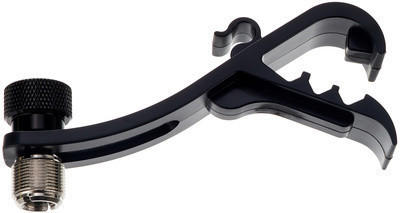
Cable management features
Good cable management features ensure that your microphone cables are organized, protected, and properly stored, reducing the risk of tangling or damage. Look for accessories that offer features such as detachable cables with secure locking connectors for easy replacement, durability, and compatibility. A great example is the Shure Beta 91A Kick Microphone, which features a detachable cable and a rugged build quality to withstand heavy use. Another option to consider is the Neutrik NP2RX-TIMB Patch Cable, which utilizes top-notch connectors with built-in cable strain relief to minimize tangling and increase cable longevity. For those in need of a complete cable management solution, the Gator Cases GM-1W offers a cable organizer with multiple cable slots, velcro straps, locking connectors, and a handle for easy transportation. These examples showcase the importance of cable management in microphone accessories, ensuring the utmost performance and longevity of your microphone setup.
XLR or USB connectivity options
Two common types are XLR and USB. XLR connectors are favored in professional audio settings due to their balanced output, which reduces noise and interference. XLR cables are physical connectors with three pins and are commonly used with stage microphones, mixers, and other professional audio equipment. If you are searching for an XLR-connected microphone, some notable options include the Beyerdynamic TG V70d, which boasts excellent feedback rejection and a rugged design ideal for stage performances. Another option is the Sennheiser MD 421-II, known for its versatile dynamic capsule and consistent performance across different genres.
On the other hand, USB microphones offer a convenient plug-and-play option for recording directly to your computer without the need for an audio interface. USB microphones, such as the highly acclaimed Blue Yeti, typically have built-in digital converters and preamps. The Rode NT-USB is another compelling choice, providing studio-quality sound with a 3.5mm headphone jack for monitoring your recordings. For a more compact USB microphone, the Audio-Technica ATR2100x-USB is worth considering, as it offers both USB and XLR connectivity options, making it compatible for use in different recording setups. It also features a headphone output and low-mass diaphragm for superior audio capture.
Pop filter for reducing plosives
The Aokeo Professional Microphone Pop Filter is an excellent option that features a double mesh screen, reducing plosive effects and ensuring crystal-clear sound. Alternatively, the Blue The Pop Universal Pop Filter offers a versatile solution with its specifically designed nylon screen that eliminates unwanted plosives while preserving vocal clarity. For those looking for a more budget-friendly option, the Neewer Metal Mesh Microphone Pop Filter is a great choice, easily attachable to most microphones and effectively diminishing plosives with its durable metal mesh construction.
Foam windscreen for reducing wind noise
In the market, there are several options available for different microphone types. For dynamic microphones, Shure A58WS-BLK is a widely recommended foam windscreen that fits various Shure models, offering excellent wind noise reduction. On the other hand, for shotgun microphones, such as the popular Sennheiser MKH-416, a specialized foam windscreen like the Rycote Mini Windjammer is a perfect choice, designed to specifically fit and reduce wind noise for shotgun microphones. Additionally, some foam windscreens are constructed with high-density foam and have acoustic foam inserts, like the Rode WS2 that guarantees optimal protection against wind interference while maintaining audio quality. Selecting the right foam windscreen that caters to your microphone's compatibility and suits your specific recording needs is essential in achieving the best audio results in windy conditions.
Microphone isolation shield
This accessory helps to minimize unwanted ambient sounds and reflections, resulting in a cleaner and more professional audio recording. One such product to consider is the Aston Microphones Halo Shadow Reflection Filter. It features a patented design with PET felt layers that effectively isolates the microphone, reducing sound pick-up from surrounding areas. This shield elegantly mounts directly onto the microphone stand and includes a lightweight and rigid frame.
Another option is the sE Electronics Reflexion Filter Pro, a portable and easy-to-use isolation shield. Featuring 7 layers of acoustically tested materials and redesigned mounting hardware, it effectively absorbs unwanted reflections and controls lurking room sounds. Furthermore, the 'patented multi-layer design' ensures audio is captured with minimal coloration, making it an excellent choice for capturing clear and crisp vocals.
These two microphone isolation shields are just a sample of the variety of products available. Other options on the market include: theTriad-Orbit IO-Desk lightweight desktop microphone isolation shield for use on a tabletop, the SE Electronics Portable Acoustic baffle for on-location recordings, or the Gator Cases isolated microphone shield for those needing a more budget-friendly option without compromising quality. It is essential to consider the specific needs and budget when selecting the most suitable microphone isolation shield.
Microphone clip/tie
Mic clips are designed to securely hold your microphone in place, whether it is a handheld microphone or a lavalier microphone that needs to be attached to your clothing. One product that is widely regarded for its versatility is the Rode RM1 microphone clip. This clip is made of durable plastic and features a 3/8-inch thread, making it compatible with a wide range of microphones. It also comes with a locking nut to ensure a secure fit. Another popular option for lavalier microphones is the Giant Squid Lavalier Mic Clip. This clip is specifically designed for the Giant Squid omnidirectional lavalier microphone and features a spring-loaded design to securely hold the microphone in place.
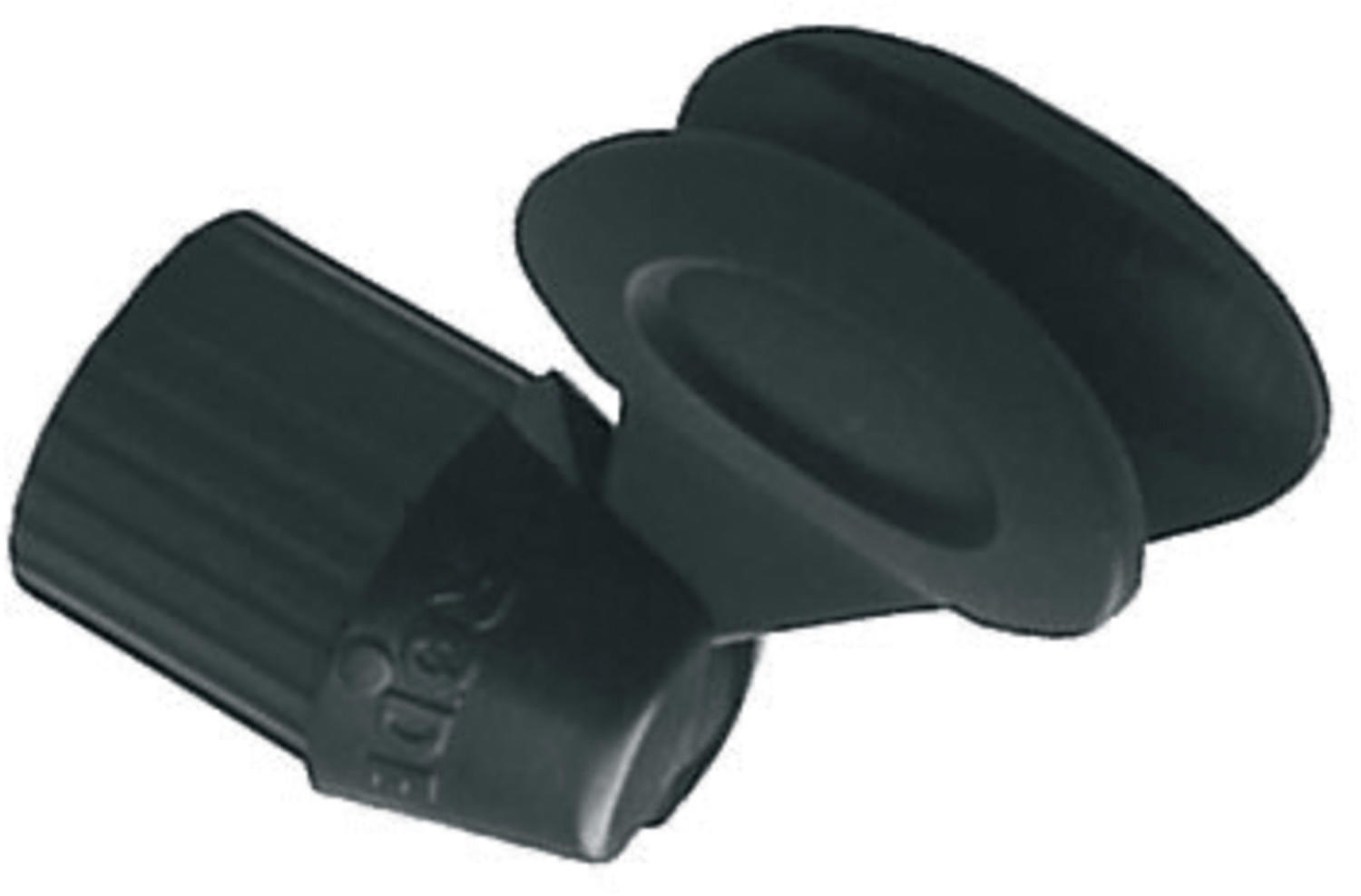
Microphone suspension mount
A suspension mount is essential for isolating the microphone from vibrations, resulting in clearer and more professional audio recordings. A great example is the Rode PSM1 Shock Mount, which is designed for Rode microphones like the Rode NT1, providing excellent vibration isolation and eliminating handling noise. Another option is the Heilsound PRSM-B Shock Mount, which offers a flexible design allowing for easy microphone positioning and fits various Heil microphones such as the Heilsound PR-40. Lastly, the Audio-Technica AT8459a Shock Mount is also worth considering, featuring an elastic suspension system that minimizes vibration and handling noise. These suspension mounts are widely used in recording studios and broadcasting environments, ensuring a professional sound quality while giving you better control over your microphone placement.


Microphone extension/adapter
One important consideration is the type of connector your microphone uses, as this determines the type of adapter you will need. For example, if your microphone has an XLR connector, you will need an XLR extension cable or adapter. One reliable option is the Hosa XVM-102M XLR3F to 3.5 mm TRS Microphone Cable, which features a 10-foot length and high-quality construction for seamless connectivity.
Another factor to consider is the material and construction of the extension/adapter. Look for products that use durable materials like gold-plated connectors and oxygen-free copper conductors, which help to minimize signal loss and ensure a clean, interference-free audio transmission. The Cables Matter XLR Male to Female Microphone Cable is a great choice in this category, featuring a zinc alloy shell and oxygen-free copper for optimal signal integrity.
In addition, it's worth noting that microphone extension/adapter products come in various lengths to suit different setups and requirements. Some popular options include 3-foot, 6-foot, and 10-foot cables, depending on your specific needs. Some other notable products in the market include the GLS Audio 6ft Cable with gold contacts and copper braided shield, and the Hosa HXSS-305 Rean Pro XLR3F to XLR3M Connectors designed for professional applications with increased contact pressure. Ultimately, the best microphone extension/adapter for you will depend on your specific microphone and setup requirements.
Microphone cable length
The length of the cable is crucial, especially if you are planning to use it for live performances or recording sessions. A longer cable gives you the flexibility to move around freely, while a shorter cable is ideal for close-quarters recording.
In the category of microphone cables, there are several options available in the market that cater to different needs. For shorter lengths (around 3-6 feet), the Hosa CMP-103 offers a sturdy and reliable connection with its oxygen-free copper conductors, ensuring clean signal transfer. For longer lengths (around 25 feet), the Planet Waves Classic Series XLR Microphone Cable boasts a durable construction and dual-paired conductors for superior signal integrity. Additionally, if you require a longer cable, options such as the Mogami Gold Studio XLR Microphone Cable provide lengths up to 50 feet and superior noise rejection, thanks to its quadruple-core design and unique shielding technology.
Signal booster/amplifier
In the market, you can find signal boosters/amplifiers catering to various needs. For those looking for a budget-friendly option, the Behringer Micromon MA400 is a popular choice. With its high power headphone output and ultra-compact design, it is suitable for personal monitoring or standalone use. Alternatively, the Sound Devices MP-1 is a portable preamplifier with a variety of amplification settings and selectable "limiter" switch to prevent distortion. This is ideal for professional audio recording in field environments. Whether you need a basic signal booster or a feature-rich preamplifier, these products offer quality amplification for your microphone signal.
Phantom power supply
This device is essential for condenser microphones that require additional power to operate. The Shure PS-35 is an example of a phantom power supply that provides 48V of power, suitable for most professional microphones. It features XLR input and output connections and a compact design, making it easy to use and transport. Another option is the Behringer MICROPOWER PS400, which also offers 48V phantom power and XLR input and output connections. It is compact and lightweight, making it ideal for on-the-go use. These phantom power supplies ensure that condenser microphones receive the necessary power to deliver optimal audio quality.
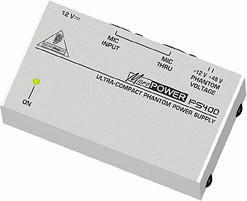
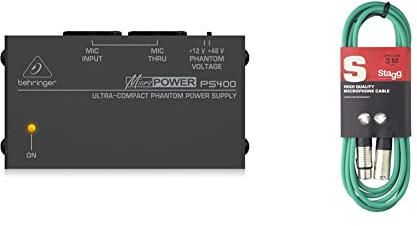
Audio interface compatibility
An audio interface acts as the intermediary connection between a microphone and a computer. Different microphones require different types of audio interfaces, and it is crucial to select a microphone accessory that is compatible with your audio interface.
One example of an audio interface that is widely compatible with various microphones is the Focusrite Scarlett 2i2. This audio interface features two upgraded, pristine-quality Scarlett microphone preamps along with a high-quality 24-bit/192kHz audio conversion. It also supports different types of microphones, including condenser, dynamic, or ribbon microphones, making it suitable for a wide range of recording purposes.
If you are looking for a more budget-friendly option, the PreSonus AudioBox USB 96 is a great choice. This audio interface offers two microphone inputs with 48V phantom power and supports a variety of microphones. It also provides 24-bit resolution and a sample rate of up to 96kHz, ensuring excellent audio quality for recording and playback.


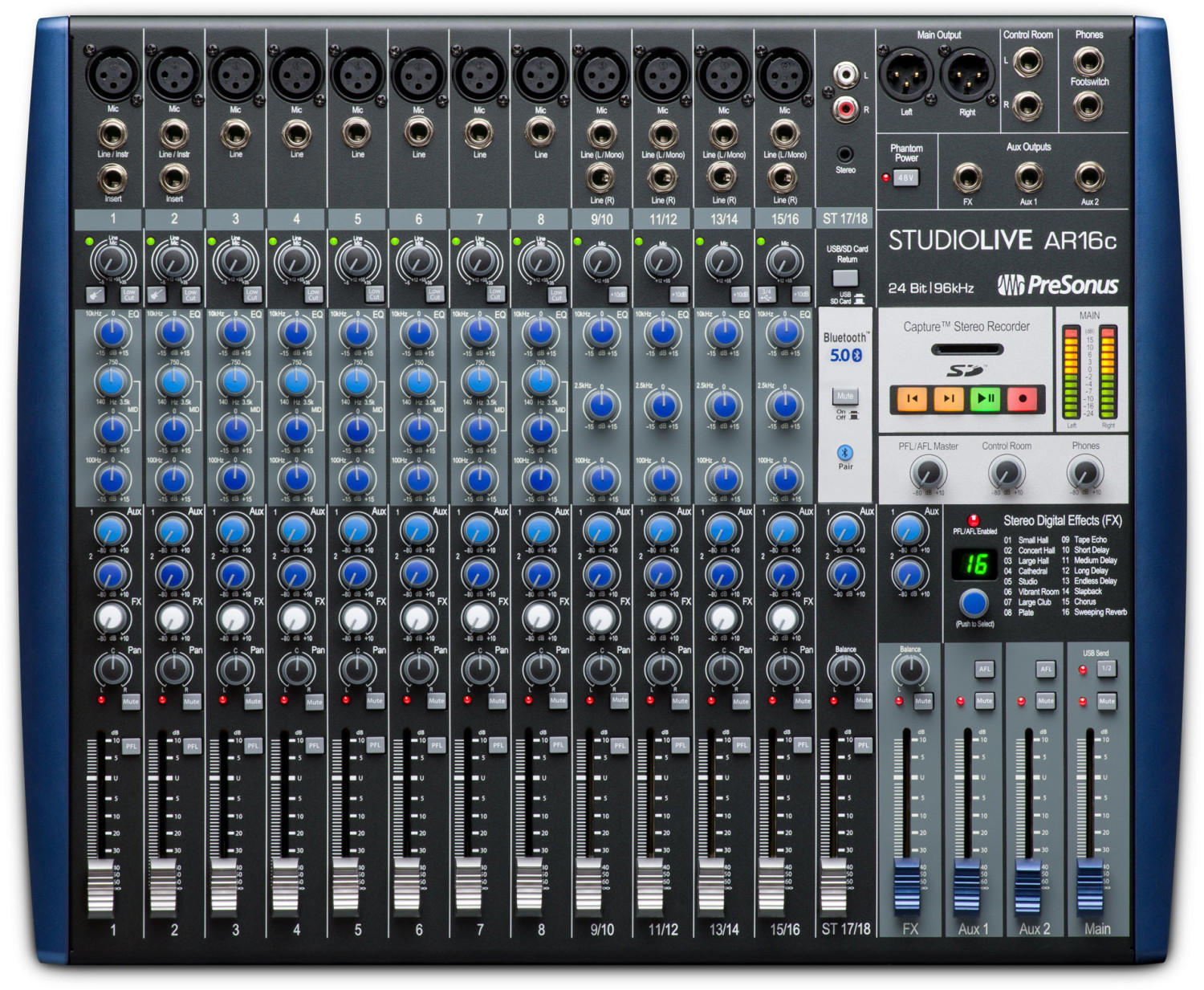
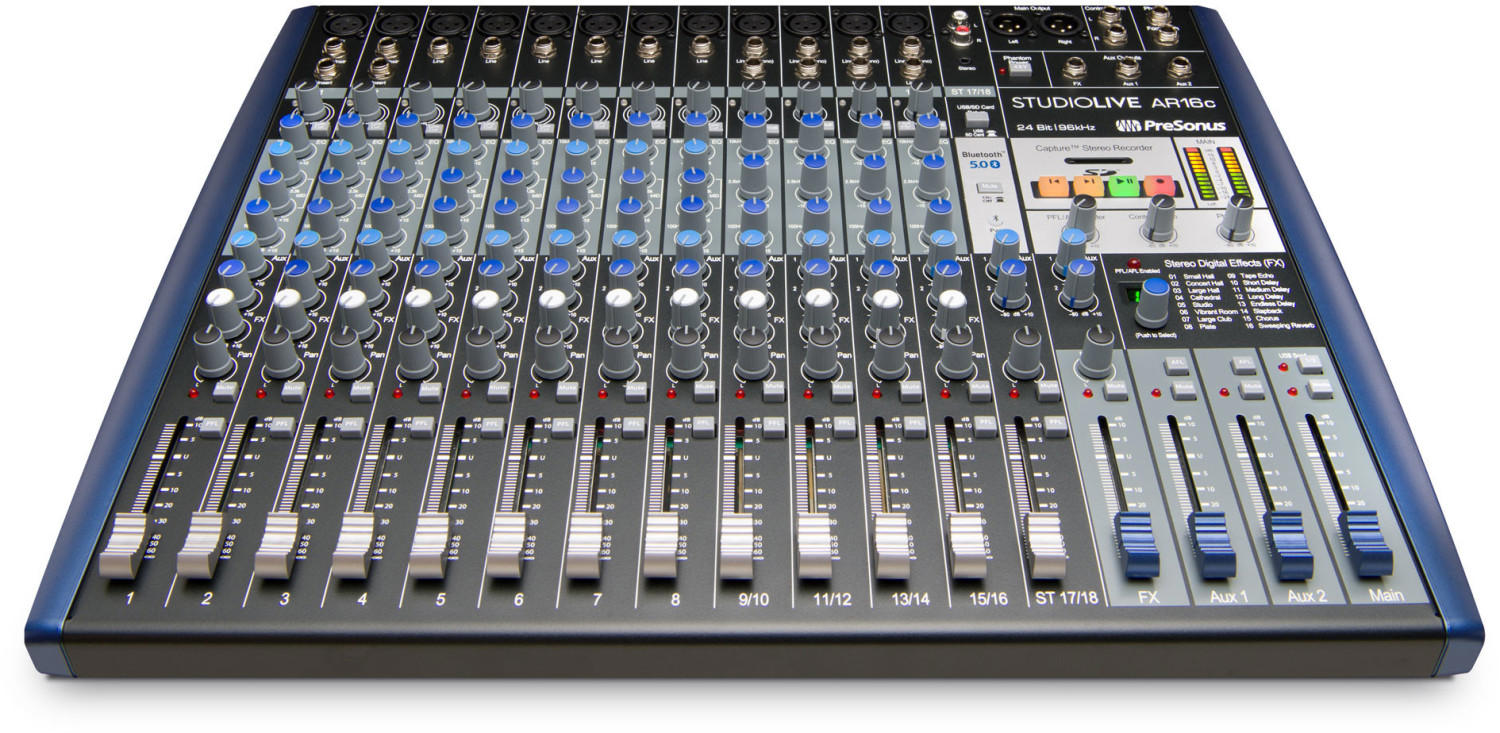
It is essential to match your microphone accessories, such as microphone preamps or audio interfaces, to the specific requirements of your microphone in terms of audio interface compatibility.
Headphone monitoring capabilities
It allows you to monitor and listen to the audio output while recording or performing, ensuring optimal sound quality. When looking for a microphone accessory that offers headphone monitoring capabilities, it is important to consider factors such as impedance, frequency response, and sound isolation.
One example of a product that provides excellent headphone monitoring capabilities is the Focusrite Scarlett 2i2 (3rd Gen) audio interface. With its high-quality integrated headphone output, this audio interface allows for accurate monitoring of your recordings. It offers a maximum headphone output level of 10mW, impedance of 10 ohms, and frequency response ranging from 20Hz to 20kHz. Another option is the Audio-Technica AT2020USB+ condenser microphone that comes with a headphone jack and volume control. This microphone provides a monitoring mix between the microphone input and USB playback. It offers a headphone output power of 130mW and frequency response from 20Hz to 20kHz. If you prefer a portable option, the Zoom H5 Handy Recorder is an excellent choice. It features a built-in headphone amplifier, allowing for precise monitoring.

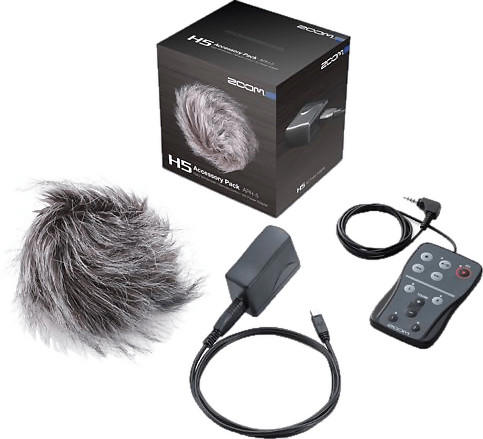
Gain control options
Gain control refers to the ability to adjust the microphone's input sensitivity, allowing you to control how much input signal the microphone picks up. This is particularly useful in different recording environments or when working with different sound sources.
For those looking for a handheld microphone with gain control options, the Shure SM58 is a popular choice. It features a gain control knob on the microphone body, allowing you to easily adjust the input sensitivity. Another option in this category is the Audio-Technica ATR2100x-USB, which not only offers gain control but also offers a headphone output with adjustable volume, making it perfect for podcasting or recording on the go.
In the world of studio microphones, the Rode NT1 is a great example that offers gain control through its internal preamp. This allows for precise adjustment of the input sensitivity for capturing different types of audio sources. Additionally, the Neumann TLM 102 features switchable gain options, offering three levels of sensitivity to ensure optimal performance in various recording situations. These products serve as excellent examples of the different gain control options available in the microphone accessories market.
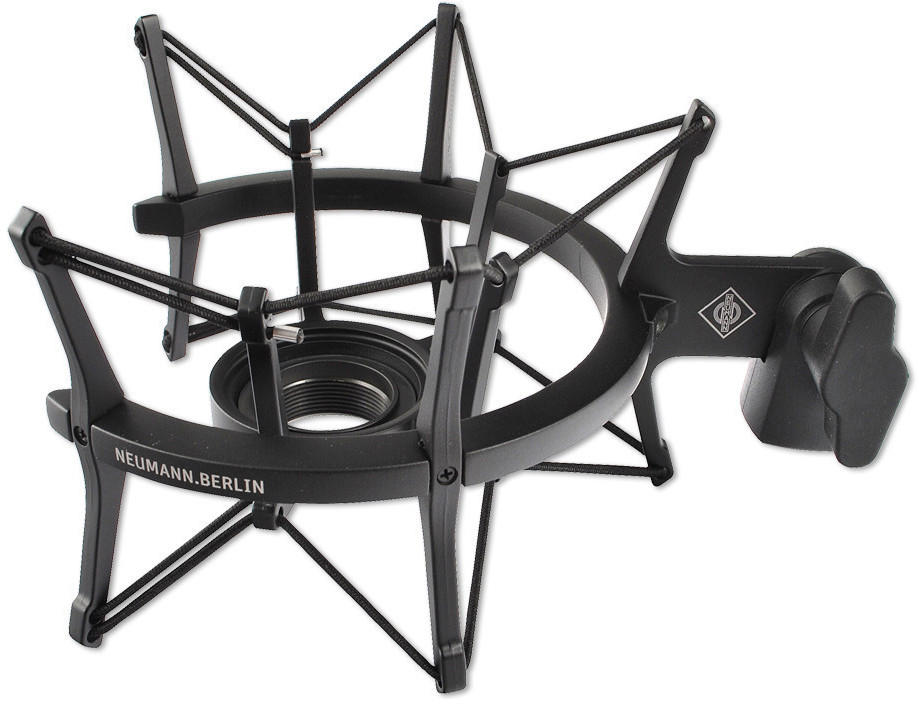
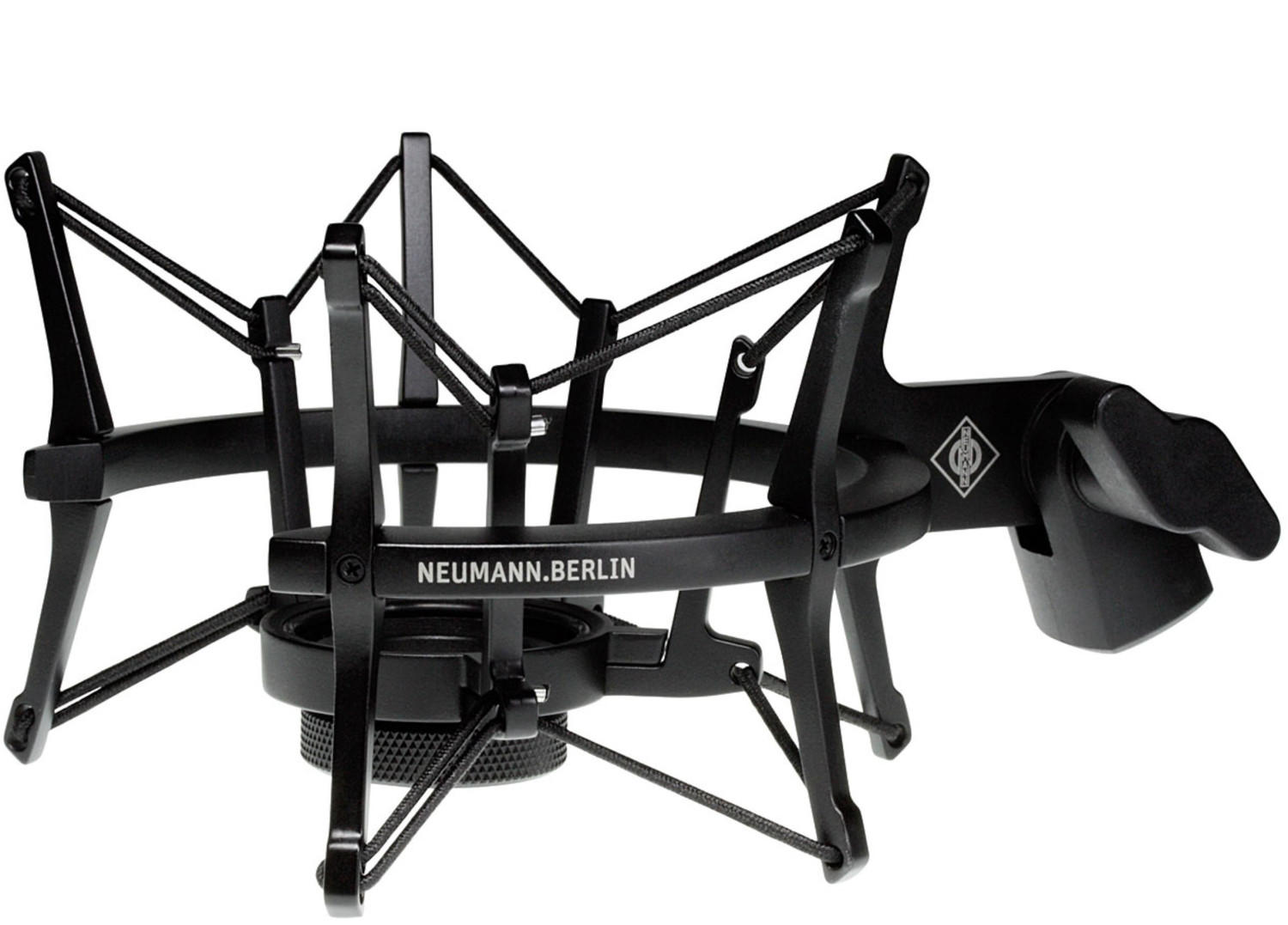
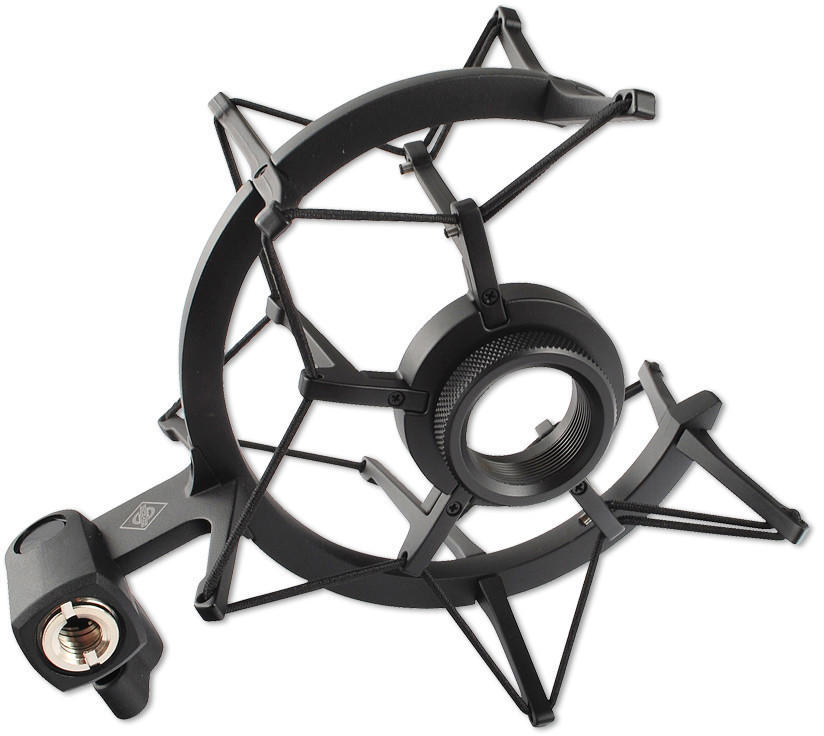
On/off switch
This feature allows users to easily control the microphone's audio recording without unplugging it from the device. A notable example of a microphone accessory with an on/off switch is the Rode PSM1 Shock Mount. This shock mount is compatible with various microphone models, and its on/off switch is conveniently positioned for easy access. Another example is the Audio-Technica ATR2100x-USB Microphone, which also features an on/off switch for added convenience during recordings. Regardless of the specific microphone model you choose, having an on/off switch can greatly improve the overall usability and functionality of your microphone.


Mute button
One important microphone accessory to consider is the Mute button. A Mute button allows you to temporarily silence the microphone, which can be extremely beneficial in scenarios where you need privacy or want to cut out background noise. There are various types of mute buttons available, including those built directly into the microphone and standalone buttons that can be connected to the microphone via a cable.
One example of a microphone with built-in mute button is the Shure SM58S. This dynamic microphone comes with a highly reliable and convenient switch that provides easy control over muting and unmuting the microphone. Additionally, the Audio-Technica AT2035 is a popular condenser microphone that offers switchable options, including a -10 dB pad switch and a low-cut filter. These versatile features ensure optimal sound quality while providing the ability to mute the microphone when needed.
For standalone mute buttons, the Pro Co Sound CBT Series offers a simple yet effective option. These buttons can be easily attached to any XLR-powered microphone to provide a quick and hassle-free way to mute your audio. Another option is the JLIKA Mute Button, which boasts a durable and compact design that can be attached to any microphone with a standard 5/8-inch threading. These easy-to-use mute buttons provide a handy mute function without the need for purchasing a new microphone that includes it.
LED indicator
This handy feature allows for easy monitoring of the microphone's status, such as power status, battery level, or mute status. For those who rely on wireless microphones, the Shure BLX14R/MX53 Wireless Headset System is a great choice as it boasts a multi-color LED indicator that provides clear visibility on battery life and various other functions. Another option to consider is the Cloud Microphones CL-Z Discrete JFET Microphone Preamp, which offers an LED-illuminated meter to conveniently visualize input and output levels, helping you achieve optimal recording levels without distortion. These products exemplify the importance of a well-designed LED indicator to enhance usability and performance in microphone accessories.
Battery-powered or powered by mains
Battery-powered options provide increased portability and flexibility, allowing you to use them in various settings without relying on a power source. These accessories often come with rechargeable batteries or options for regular disposable batteries. One example is the Shure BLX14/P31 Wireless Headset System, which is powered by two AA batteries and offers up to 14 hours of continuous use. Another option is the Rode Wireless GO Compact Wireless Microphone System, which features a built-in Lithium-ion battery that provides up to 7 hours of operation. On the other hand, accessories powered by mains offer a constant power source, eliminating the need to worry about battery life. An example of a mains-powered accessory is the Audio-Technica AT2020USB+ Cardioid Condenser USB Microphone, which can be directly connected to a computer via USB for power and audio transmission.
Durability
Look for accessories made from high-quality materials such as metal or robust plastics that can withstand rigorous use and transport. An excellent example of a durable microphone cable is the Mogami Gold Studio. This cable boasts a sturdy construction with premium oxygen-free copper conductors, rigorously rejected electron beam-irradiated PVC insulation, and durable shielding. Another accessory worth mentioning is the Rode PSM1 Shock Mount which features an all-metal construction and robust materials that provide exceptional durability, ensuring your microphone stays securely in place even during rigorous movements.
When it comes to microphone stands, there are several segments available. For a durable desktop or tabletop option, consider the Heil PL-2T Overhead Broadcast Boom. Built with sturdiness in mind, this microphone stand features internal springs for silent and strong support. For those requiring a vertically adjustable stand, the K&M 210/9 Microphone Stand with Telescoping Boom is an excellent choice. This stand is built with steel legs, a zinc die-cast base, and a telescopic boom, ensuring durability and stability. Finally, for musicians or live performers looking for a lightweight and portable solution, the On-Stage MS7701B Tripod Microphone Boom Stand is highly recommended. This stand is crafted from durable steel and boasts a folding tripod base for easy transportation and setup.

Ease of installation/setup
Look for accessories that are designed for effortless installation and can be set up quickly and easily. For instance, the RODE PSM1 Shock Mount is a popular shock mount that offers a quick-release clip for easy microphone insertion and removal. Additionally, it features an adjustable angle for precise microphone positioning. Another example is the Deluxe Microphone Boom Stand which provides a sturdy tripod base for stability and a telescopic boom arm with height and angle adjustability, ensuring hassle-free setup. These accessories not only save time but also enhance the overall user experience without compromising on quality.
Price
The good news is that there are plenty of options available at various price points to suit different budgets. If you are on a tight budget, but still want a decent quality microphone stand, you can consider the Pyle PMKS3 tripod microphone stand. It is an affordable option that provides stability and is adjustable in height. Another budget-friendly option is the Neewer NW-35 microphone arm stand, which offers flexibility and easy adjustability.
On the higher end of the price range, you can consider the K&M 210/2 microphone stand. It is a professional-grade microphone stand that offers excellent stability and durability, making it suitable for regular use. For a more versatile option, you can check out the Rode PSM1 shock mount. It effectively isolates the microphone from handling noise, ensuring excellent audio quality. Another high-end accessory is the Cloudlifter CL-1 microphone preamp, which boosts the microphone's output signal without adding noise or distortion. Keep in mind that these products may be more expensive, but they offer superior features and build quality.
Variety of brands
Each brand has its own set of pros and cons. One popular brand is Shure, known for their high-quality microphones and accessories. Their range of microphone clips, such as the Shure A25D and Shure A56D, are durable and offer secure mounting options for different types of microphones. Another well-known brand is Rode, which offers a selection of high-performance shock mounts like the Rode PSM-1 and Rode SM8, designed to isolate the microphone from vibration and handling noise. On the other hand, Audio-Technica is recognized for producing reliable microphone windscreens like the Audio-Technica AT8126 and Audio-Technica AT8142, which provide excellent protection against plosives and wind noise. It's important to carefully consider the specific needs and requirements of your microphone and the task at hand when choosing among the variety of brands on the market.